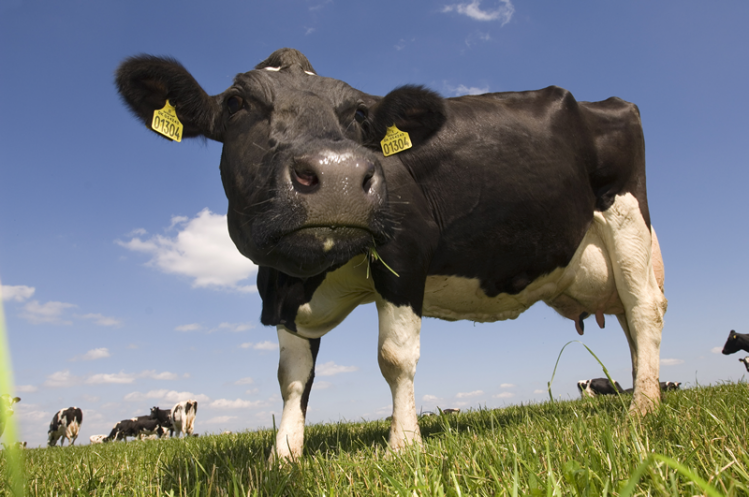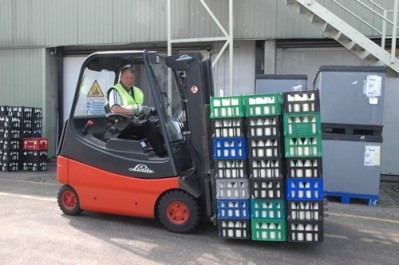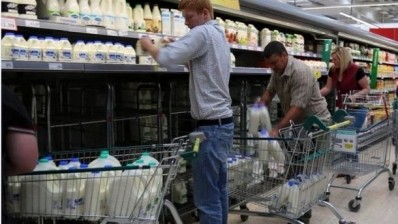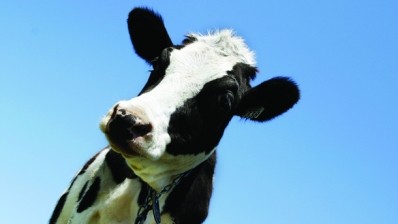Milk price tools on the way for dairy

The tools were essential to manage long-term price fluctuations, which would continue to plague the dairy sector, despite expected price rises in the second half of the year, the firm’s chief executive Paul Vernon told the Oxford Farming Conference last month.
“There are tools to manage volatility – in the US you’ve got futures and dairy protection schemes. I think it is only a matter of time before we see these alternatives in Europe and, if not in Europe, we will see them evolve in the UK,” said Vernon. “There is an appetite at producer, processor and consumer level evolving for these tools to become more relevant.”
Bright future
Both producers and processors faced a tough start to 2015, said Vernon, but he predicted a bright future for businesses that could withstand price fluctuations, driven by worldwide supply and demand. “The global roller coaster will continue to drive prices in the UK and we can’t get off.”
In the short term, falling demand was driven by the falling demand from China, due to the economic down-turn, and the Russian ban on EU dairy imports. However, dairy product shortages forecast in India, the Middle East and Asia, between 2013 and 2023, and falling production in countries such as New Zealand, would bring supply and demand into closer balance, despite the end of EU quotas in April this year.
The consensus view was that milk prices would firm in the second half of the year at the earliest, he said.
Strongest prospects for growth
In the UK market, adding value to liquid milk by focusing both on exports and on import substitution for cheese, yogurt and fresh dairy products offered the strongest prospects for growth, he said.
Support for Vernon’s view on milk pricing tools came from an influential source – environment secretary Liz Truss – who singled out milk futures as offering the most potential. Truss told the same conference: “I am glad the National Farmers Union, with our support, is studying the feasibility of a futures market for dairy. Futures could have strong potential to bring added security for farmers.”
The environment secretary said she understood the level of upheaval in the milk sector, which had seen prices fall from 33.8p a litre seen at the start of last year to, in some cases, as low as 20p at the start of this year.

















